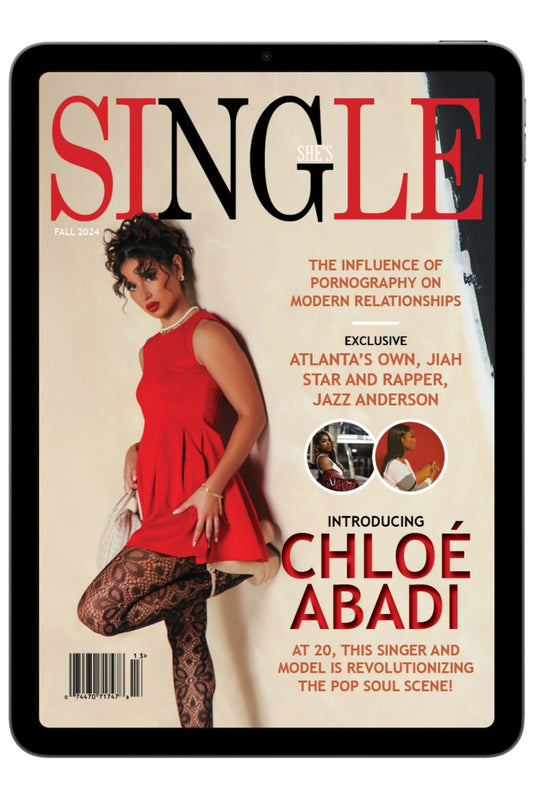Why Are Heterosexual Men Failing At Sex?

In the pursuit of understanding female pleasure, it's time to shift the focus away from mere devices and delve into the art of truly pushing a woman's buttons to achieve orgasmic satisfaction.
Professor Laurie Mintz, hailing from the University of Florida, contends that the orgasm gap between men and women largely stems from distorted cultural narratives propagated by literature, media, and magazines. These narratives often depict women attaining orgasm solely through intercourse, relegating the crucial role of clitoral stimulation to obscurity. Mintz passionately explores this issue in an enlightening discourse she penned for The Conversation, unveiling the truth that only a meager 4% of heterosexual women can achieve orgasm through penetration alone, while a staggering 96% experience ecstasy via clitoral engagement (raises hand).
The absence of comprehensive sexual education contributes significantly to this orgasmic discrepancy, an issue substantiated by numerous studies spanning over two decades. Countering the notion of biologically evasive female orgasms, Mintz contends that dispelling such misinformation is paramount. She stresses the need to educate people about women's boundless capacity for orgasm and the pivotal role the clitoris plays in this endeavor. The landscape of understanding has evolved, and it is time for men and women alike to be acquainted with the intricacies of the clitoris.
Evidence gleaned from a 2017 study conducted by Chapman University involving a diverse sample of 50,000 participants reveals a pertinent insight: heterosexual women are least likely to experience orgasm during sexual encounters with heterosexual men.

The study illuminates a hierarchy of orgasmic satisfaction, with heterosexual men boasting the highest frequency of climax at 95%, followed by gay men (89%), bisexual men (88%), lesbian women (86%), bisexual women (66%), and heterosexual women (65%). The research further underscores that indulging in foreplay, encompassing elements such as deep kissing, manual genital stimulation, and oral sex in conjunction with vaginal intercourse, augments a woman's likelihood of reaching orgasm.
Moreover, the timeframe for female orgasm unveils fascinating revelations. An investigation published in the Journal of Sexual Medicine in 2018 posits that women attain orgasm considerably faster when exploring their bodies alone, taking an average of around 8 minutes, compared to around 14 minutes when with a male partner.
Self-discovery emerges as a crucial avenue for female pleasure. Adding to this, Mintz cites a study from New York University in 2010, which discovered that merely 10% of heterosexual women experienced climax during a first-time hookup, while 68% achieved orgasm during encounters with committed partners.
To bridge the orgasmic chasm, Mintz underscores the significance of women and their partners embarking on a journey of self-discovery. It is pivotal to discard stereotypical scripts that dictate foreplay, followed by intercourse, as the sole sequence of sexual activities. A radical shift in perspective is called for — the focus should be on mutual exploration and shared satisfaction.
Mintz advocates for a newfound approach, wherein partners exchange roles, relishing orgasms through oral sex or manual stimulation, allowing women to climax before engaging in intercourse. Alternately, women can harness the power of self-stimulation using hands or vibrators during intercourse. This paradigm shift, she asserts, is an indispensable step toward empowering women to prioritize their own pleasure.
Citing a study published in the Psychology of Women Quarterly, Mintz emphasizes the transformative impact of women feeling entitled to pleasure. This shift in perspective empowers women to openly express their desires to their partners, while simultaneously establishing clear sexual boundaries.
In the quest for mutual satisfaction, a crucial realization surfaces: fostering a culture where women are deserving of pleasure ultimately enriches the sexual experience for all parties involved. By dismantling the stereotypes that confine sexual encounters, embracing clitoral stimulation as an integral part of the sexual narrative, and honoring each partner's right to pleasure, we embark on a path toward true gender equality in the realm of sexual fulfillment.
by Danielle Wright









